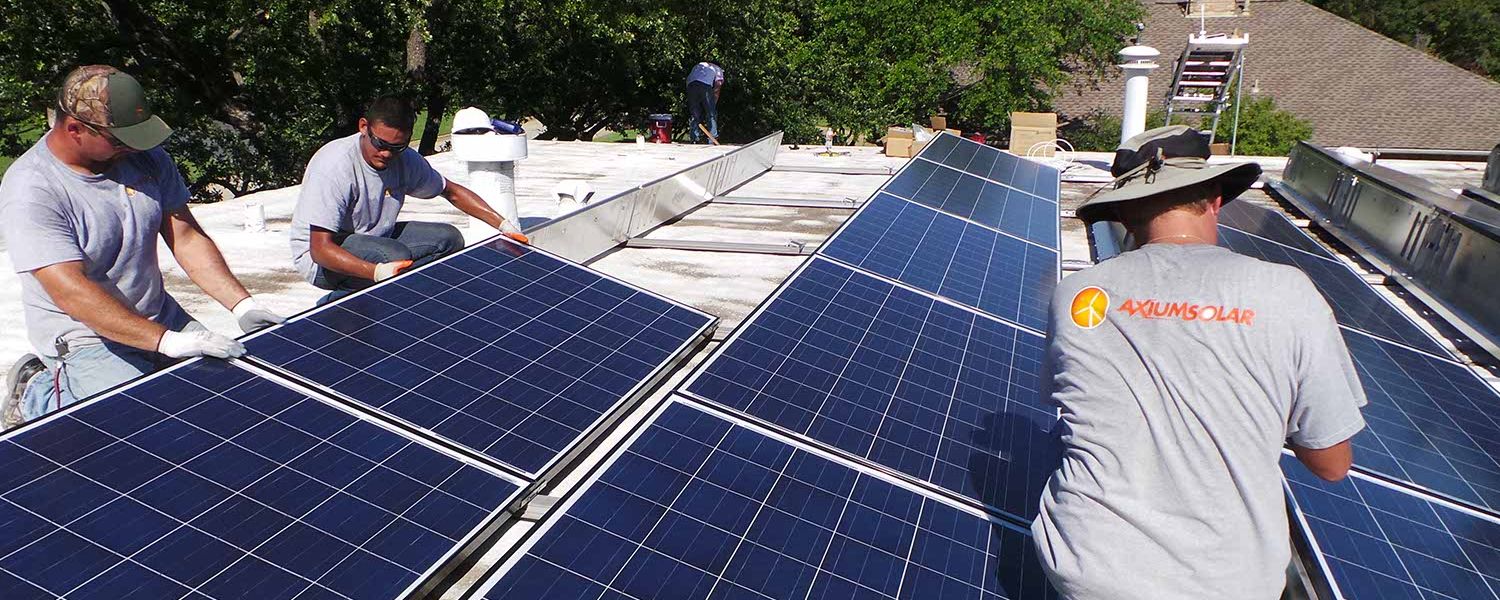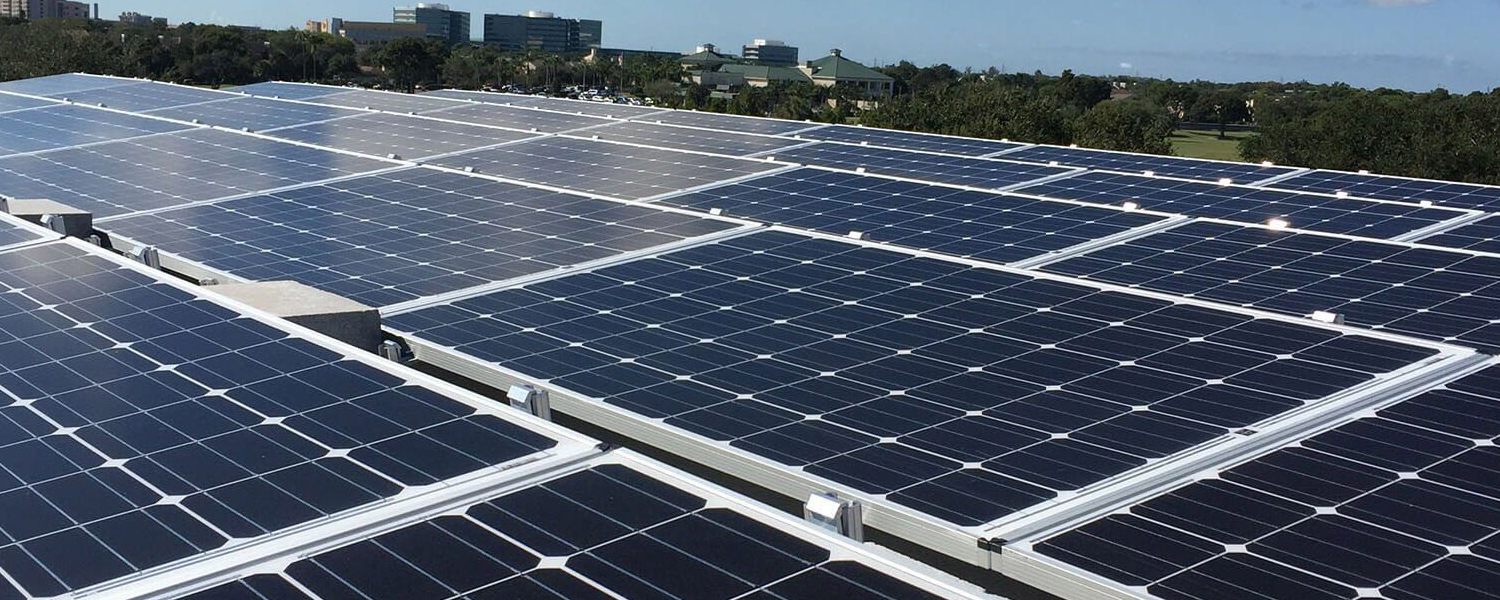Solar Systems Service
Solar panels are devices that convert light into electricity. They are called "solar" panels because most of the time, the most powerful source of light available is the Sun, called Sol by astronomers. Some scientists call them photovoltaics which means, basically, "light-electricity."
A solar panel is a collection of solar cells. Lots of small solar cells spread over a large area can work together to provide enough power to be useful. The more light that hits a cell, the more electricity it produces, so spacecraft are usually designed with solar panels that can always be pointed at the Sun even as the rest of the body of the spacecraft moves around, much as a tank turret can be aimed independently of where the tank is going.
Almost 90% of the World’s photovoltaics today are based on some variation of silicon.[1] In 2011, about 95% of all shipments by U.S. manufacturers to the residential sector were crystalline silicon solar panels. The silicon used in PV takes many forms. The main difference is the purity of the silicon. But what does silicon purity really mean? The more perfectly aligned the silicon molecules are, the better the solar cell will be at converting solar energy (sunlight) into electricity (the photoelectric effect). The efficiency of solar panels goes hand in hand with purity, but the processes used to enhance the purity of silicon are expensive. Efficiency should not be your primary concern. As you will later discover, cost-and space-efficiency are the determining factors for most people. Crystalline silicon forms the basis of mono- and polycrystalline silicon solar cells: The standard chunk of Lorem Ipsum used since the 1500s is reproduced below for those interested. Sections 1.10.32 and 1.10.33 from "de Finibus Bonorum et Malorum" by Cicero are also reproduced in their exact original form, accompanied by English versions from the 1914 translation by H. Rackham.
Monocrystalline solar cells are made out of silicon ingots, which are cylindrical in shape. To optimize performance and lower costs of a single monocrystalline solar cell, four sides are cut out of the cylindrical ingots to make silicon wafers, which is what gives monocrystalline solar panels their characteristic look. A good way to separate mono- and polycrystalline solar panels is that polycrystalline solar cells look perfectly rectangular with no rounded edges.

